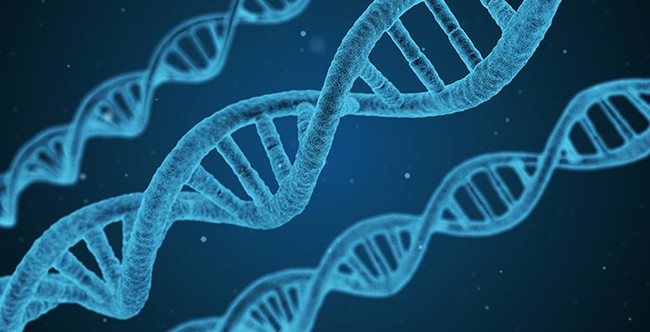
Here we go again.
With the enthusiastic support of “Lord of the Rings” filmmaker Peter Jackson, Colossal Biosciences has now set its sights on resurrecting the extinct giant moa of New Zealand. There’s just one problem: Whatever they manage to do, it won’t be a moa. And the fact that they will be trying their DNA tricks with a bird this time presents new problems.
Colossal Biosciences sets its sights on the moa—the towering flightless bird of New Zealand—as its next de‑extinction milestone. Standing up to 12 feet tall, the moa vanished nearly 600 years ago. With support from Ngāi Tahu and Peter Jackson, Colossal will reconstruct a moa genome using DNA from well‑preserved bone samples and gene editing in a related species such as emu.
There’s the first problem: The emu is only distantly related to the giant moa. Both birds are members of the infraclass Palaeognathae, which includes five orders of birds, including the ratites, which include the flightless rheas, ostriches, cassowaries, and emus, as well as the tinamous of Latin America, which can fly. The moas, though, were members of the order Dinornithiformes, while emus are in the order Casuariiformes. In other words, they are not particularly closely related.
Remember the whole dire wolf “de-extinction” thing? Same kind of problems here. The pups produced weren’t dire wolves. They were genetically modified gray wolves. And the dire wolf is a member of the same subtribe as the gray wolf, the Canini. The emu and moa are connected at the infraclass level, several cladistic levels higher. So, a considerably more distant relation than dire wolf/gray wolf.
See Also: The Biological Nuts and Bolts of ‘De-Extinction’
Texas Company Claims They Will ‘De-Extinct’ Four Species by 2028. Spoiler: They Won’t.
There’s another problem. Romulus and Remus were grown from a genetically altered, fertilized wolf ovum. In this kind of work with mammals, you can implant an embryo in a host mother, and if all goes well, babies are produced in due course.
But birds – if you’ll permit me to belabor the obvious for a moment – hatch from eggs. Which eggs will be used? How will they be prepared? This presents a whole new level of fiddling about with biology.
We’re approaching the original Jurassic Park’s “Underwear Gnomes” method of genetic engineering:
1) Fiddle with DNA
2) ???
3) Baby bird
4) Profit!
Yeah, this ain’t going to work. But Colossal, perhaps at the idea of having a big Hollywood name involved, is sure optimistic.
The company sees this as more than a scientific endeavor—it is a mission to restore ecological balance, revive seed dispersal roles, and reconnect cultural heritage. Leveraging lessons from the dire wolf project, Colossal expects to face technical challenges in reproductive biology, but anticipates a living moa within a decade—fueling hope for a future where extinction is no longer final.
Yeah, it won’t be a living moa. It won’t be any sort of moa. It won’t be a moa at all. It will be, like any other such effort – and I’ll borrow from the Jurassic franchise here again – a genetically engineered theme park monster. Even if the company is successful in bringing one of these creatures to life, there will never be a population of them. There will be no adult moa/cassowaries (moawarie?) to teach them how to behave, what to eat, what predators to avoid, and so on. Any such creatures will be carefully sheltered, not to mention poked, prodded, and endlessly experimented on.
Now, Colossal Biosciences is a private company, and as far as I’ve been able to ascertain, they have never taken any government money. So they can do as they like, within the law. But we should have no illusions as to what they can really accomplish here.
It’s that simple – just ask DNA.
Help RedState continue to tell the truth about the Trump administration’s accomplishments as we continue to usher in the Golden Era of America. Join RedState’s VIP and use promo code FIGHT to get 60% off your membership today.















